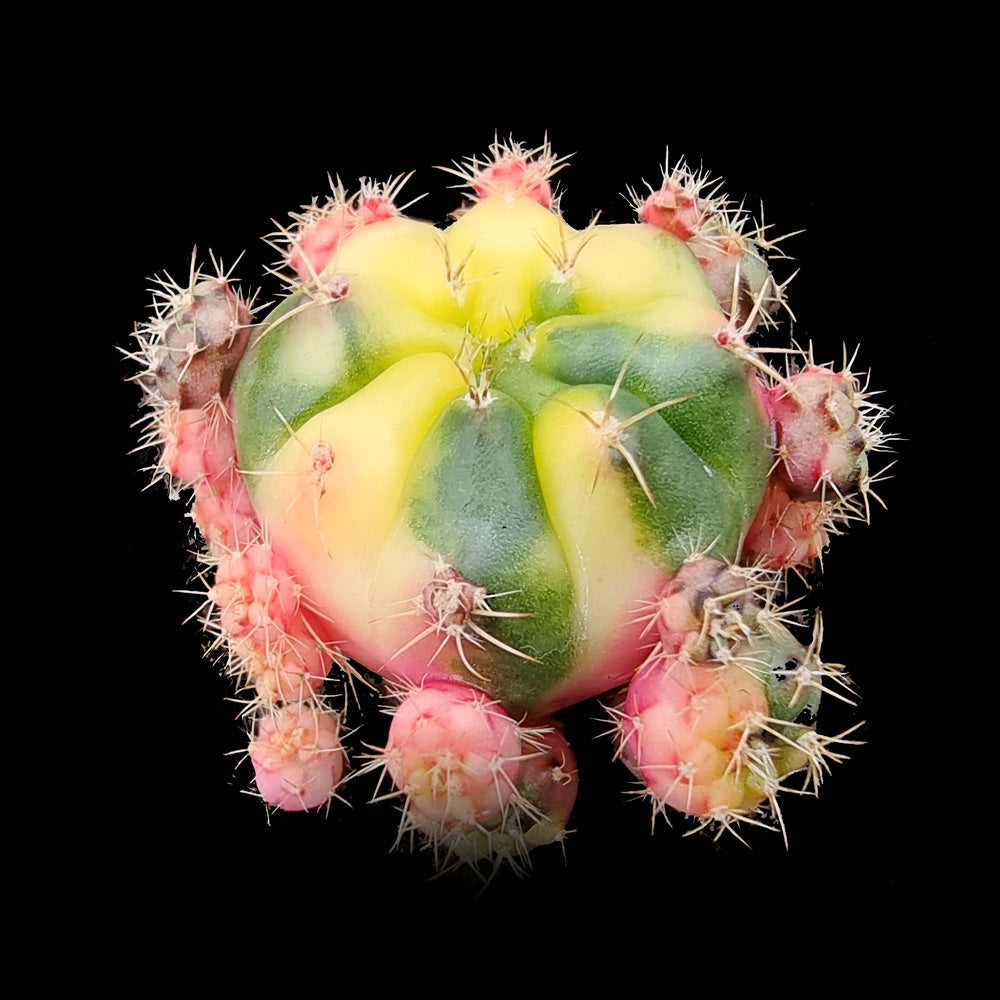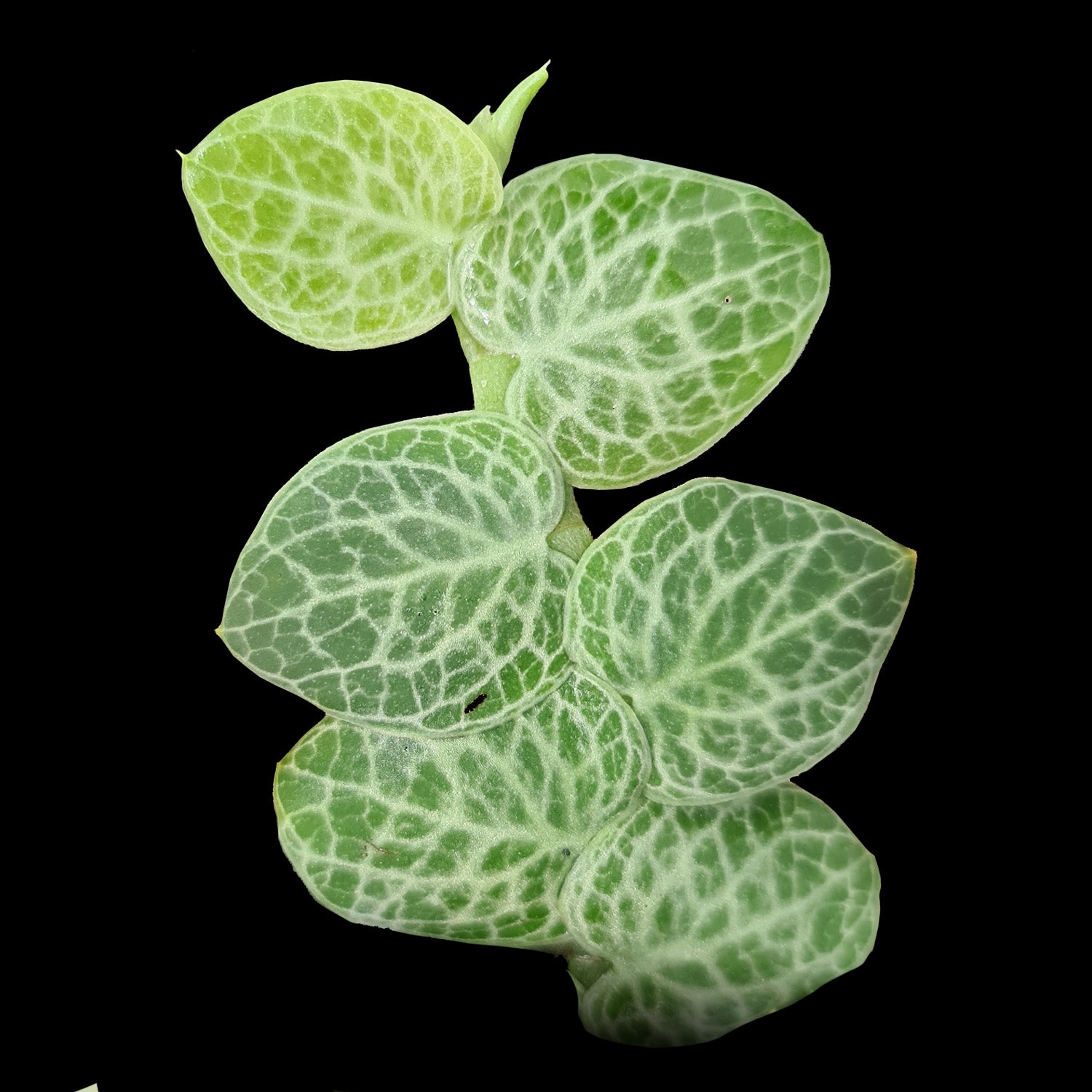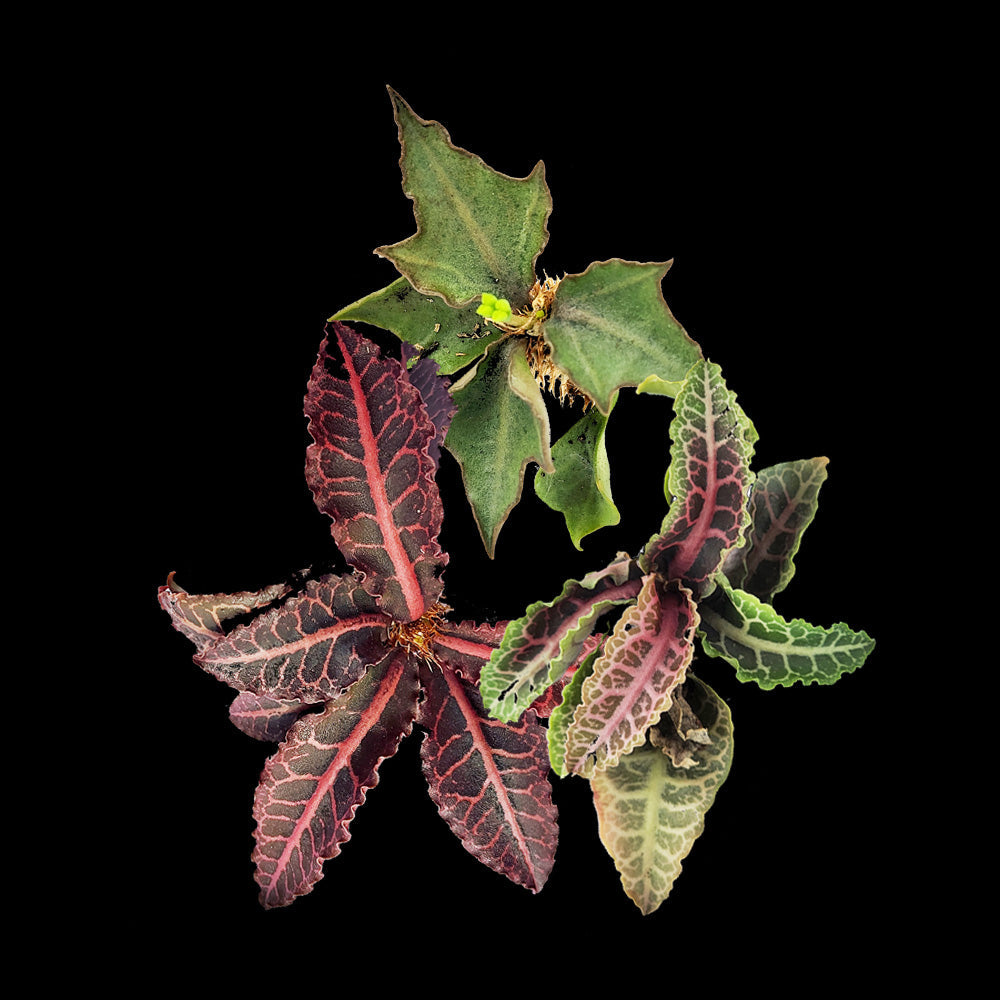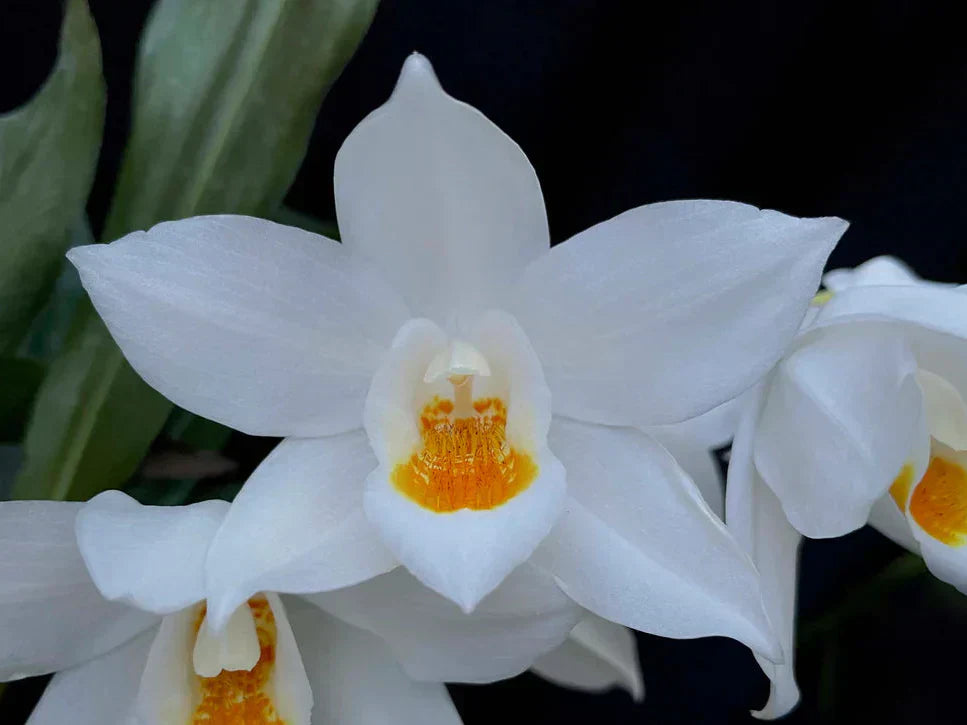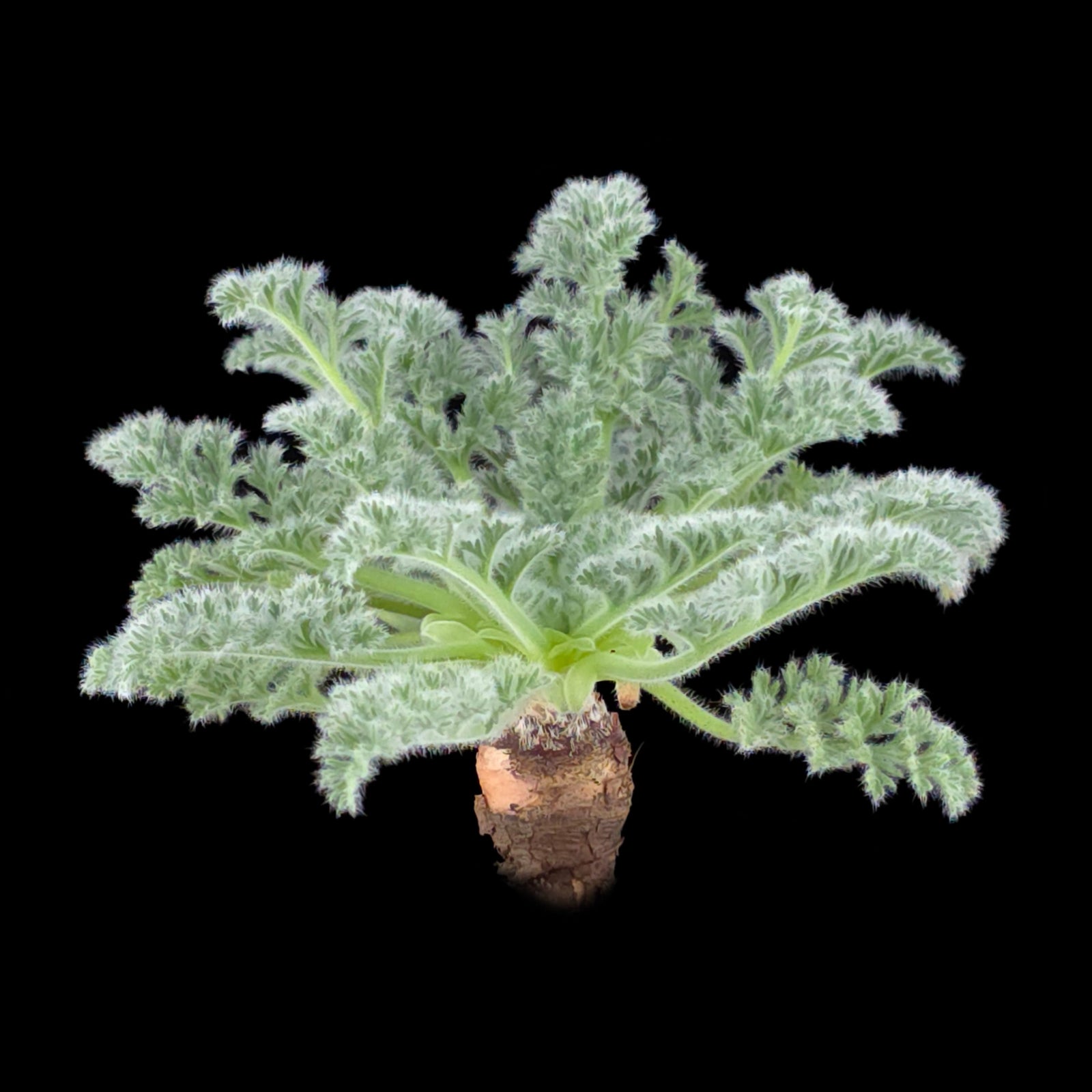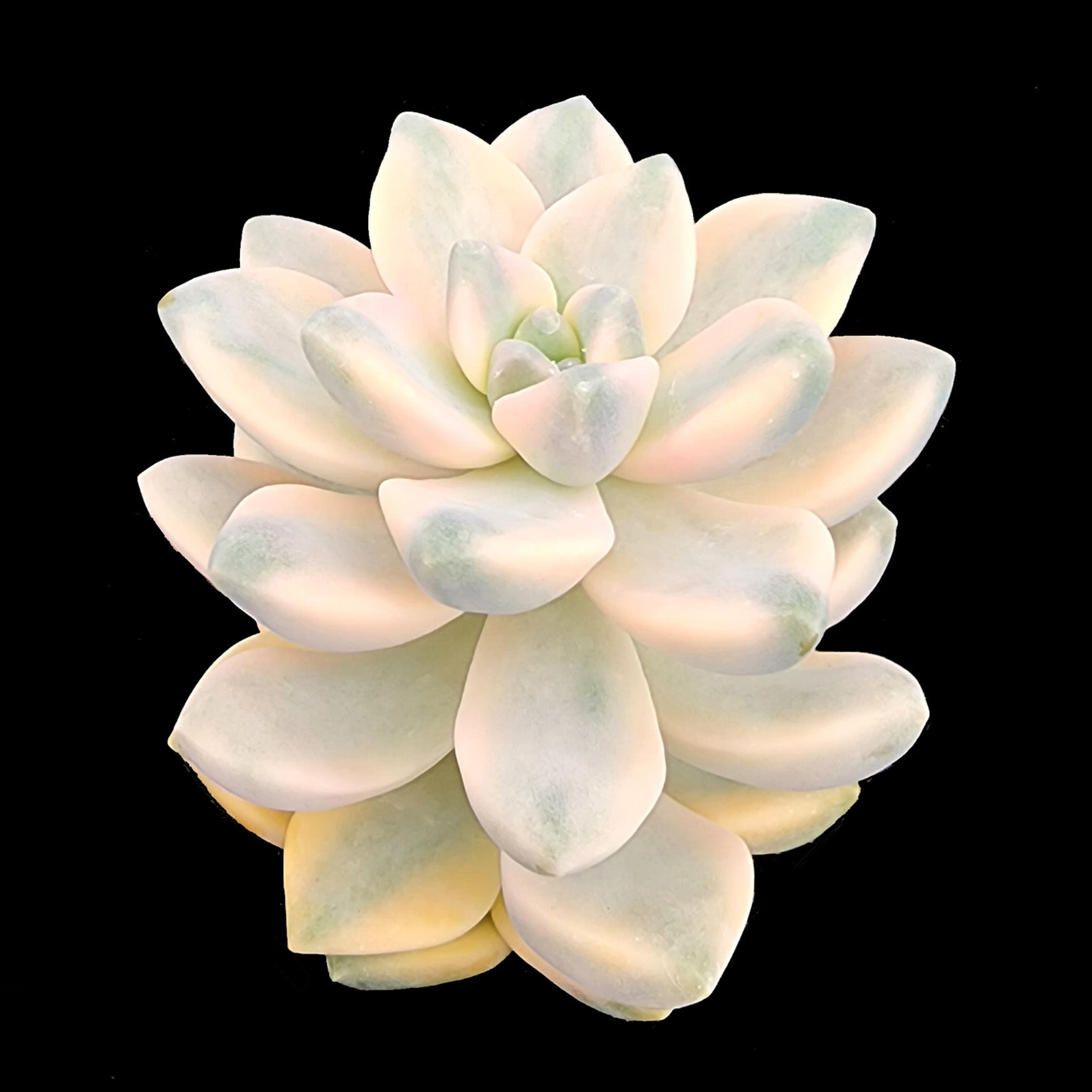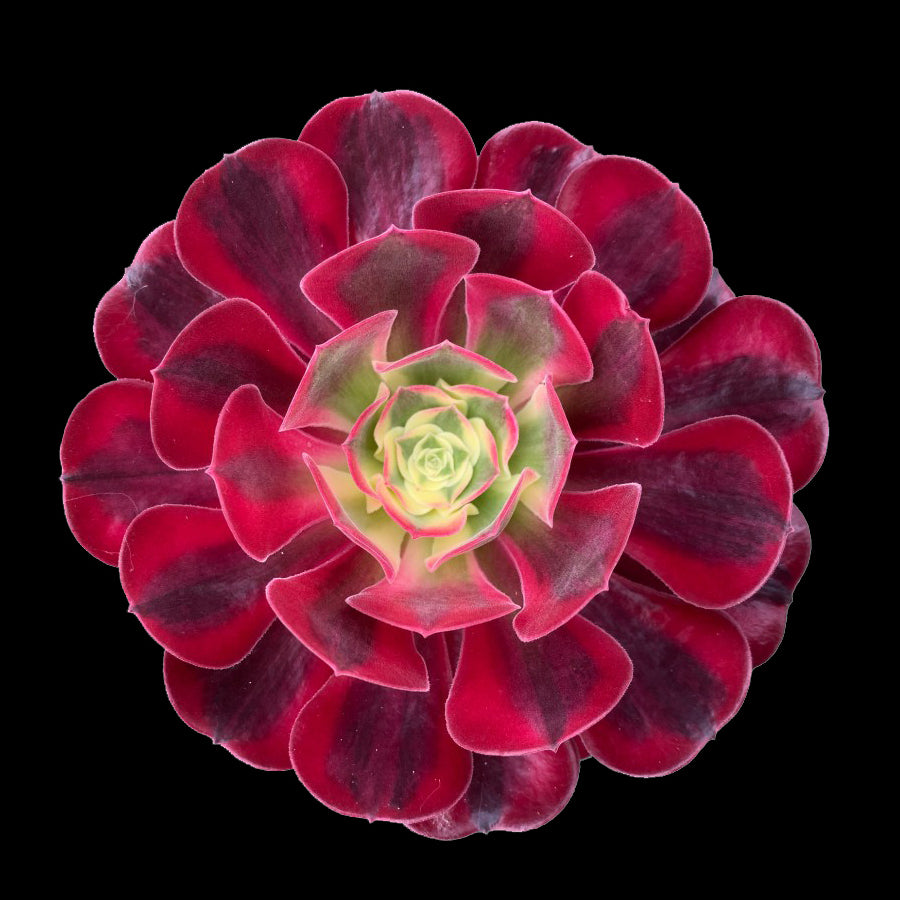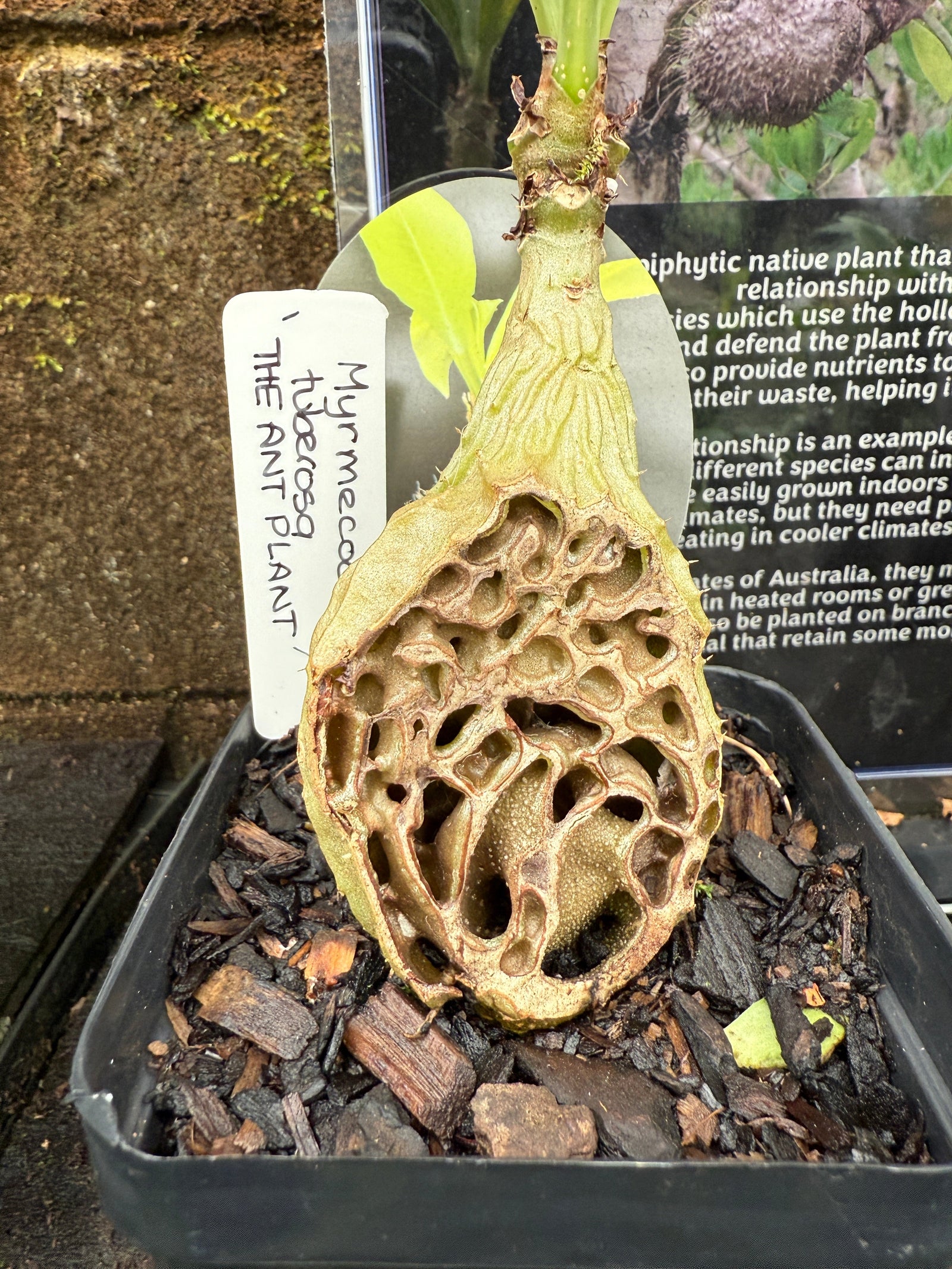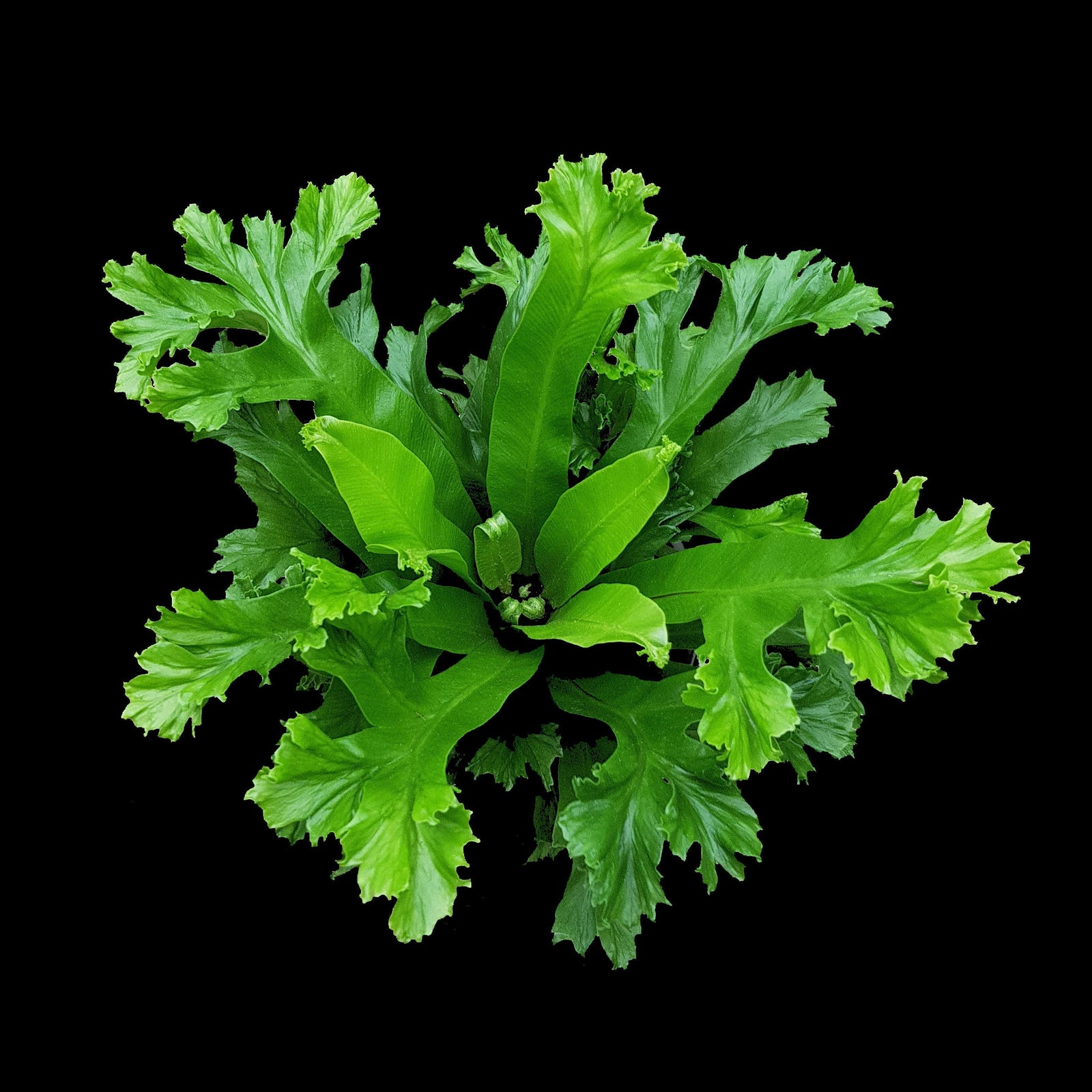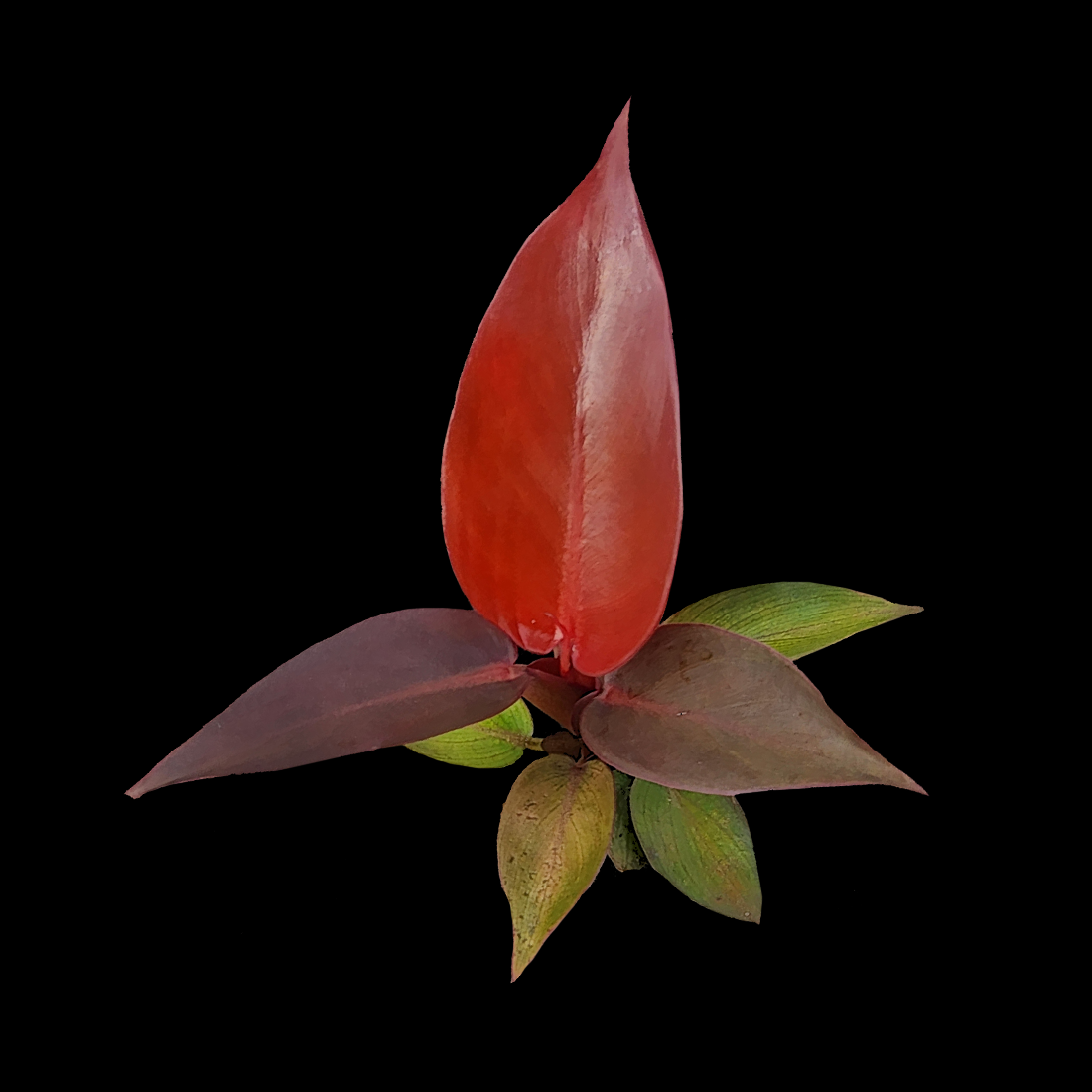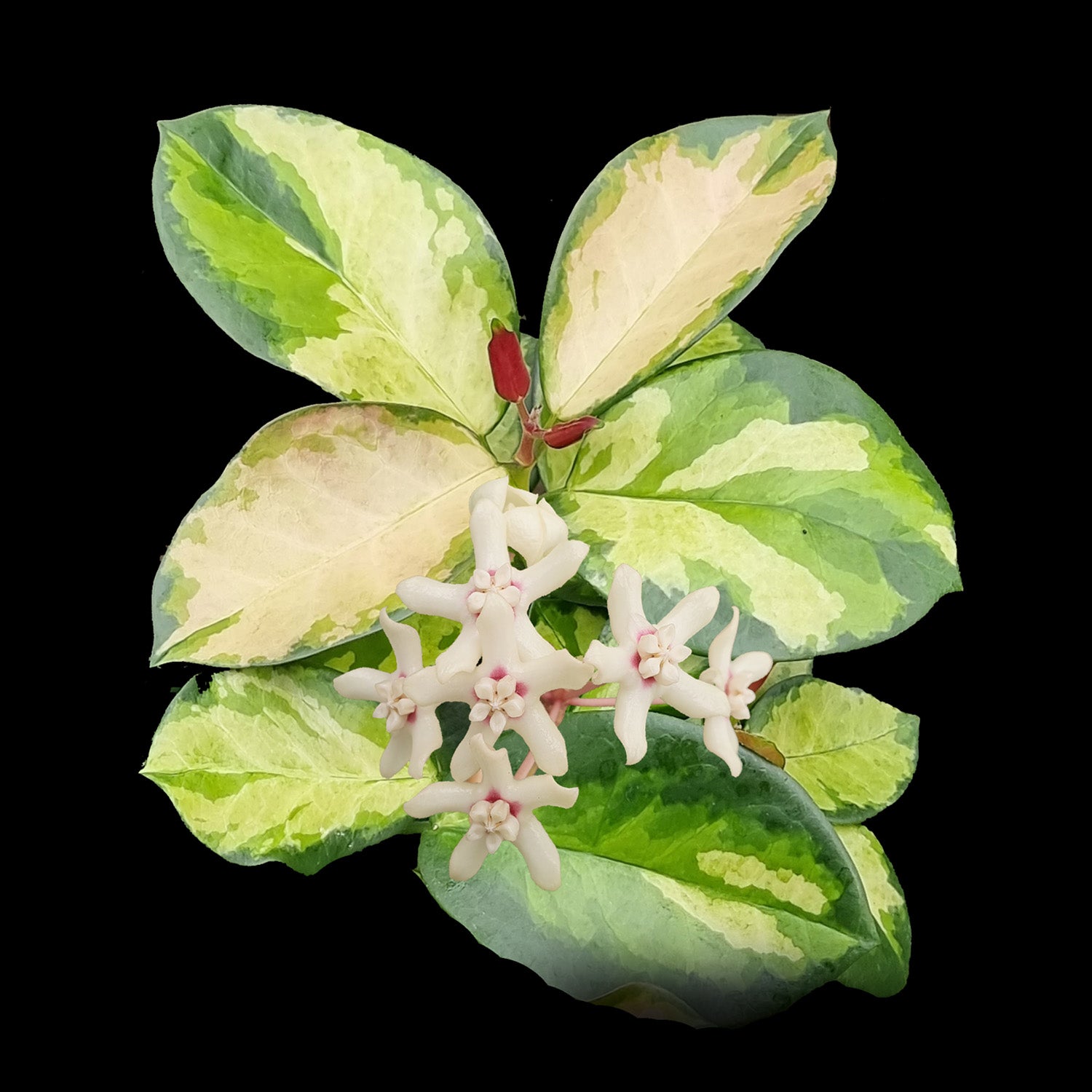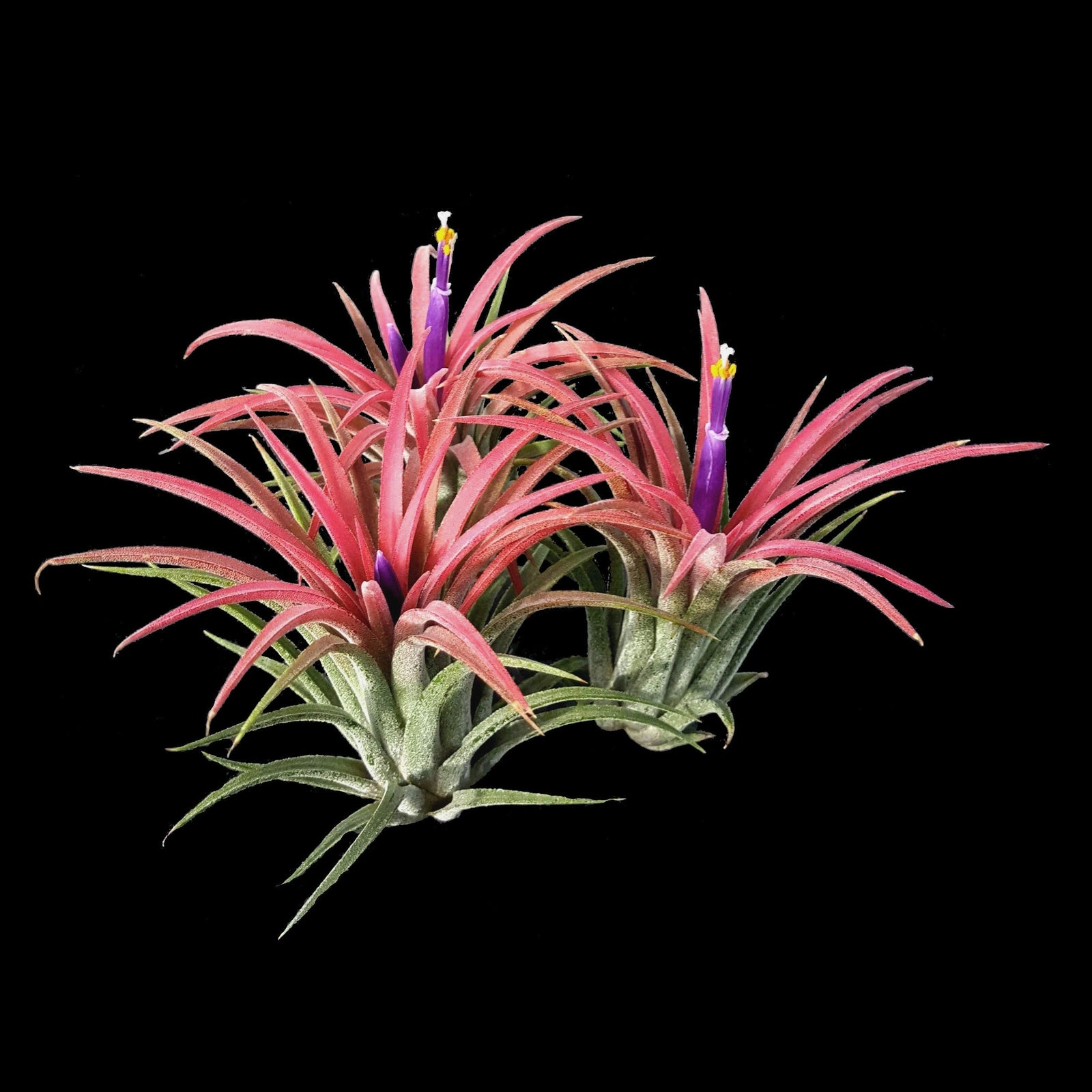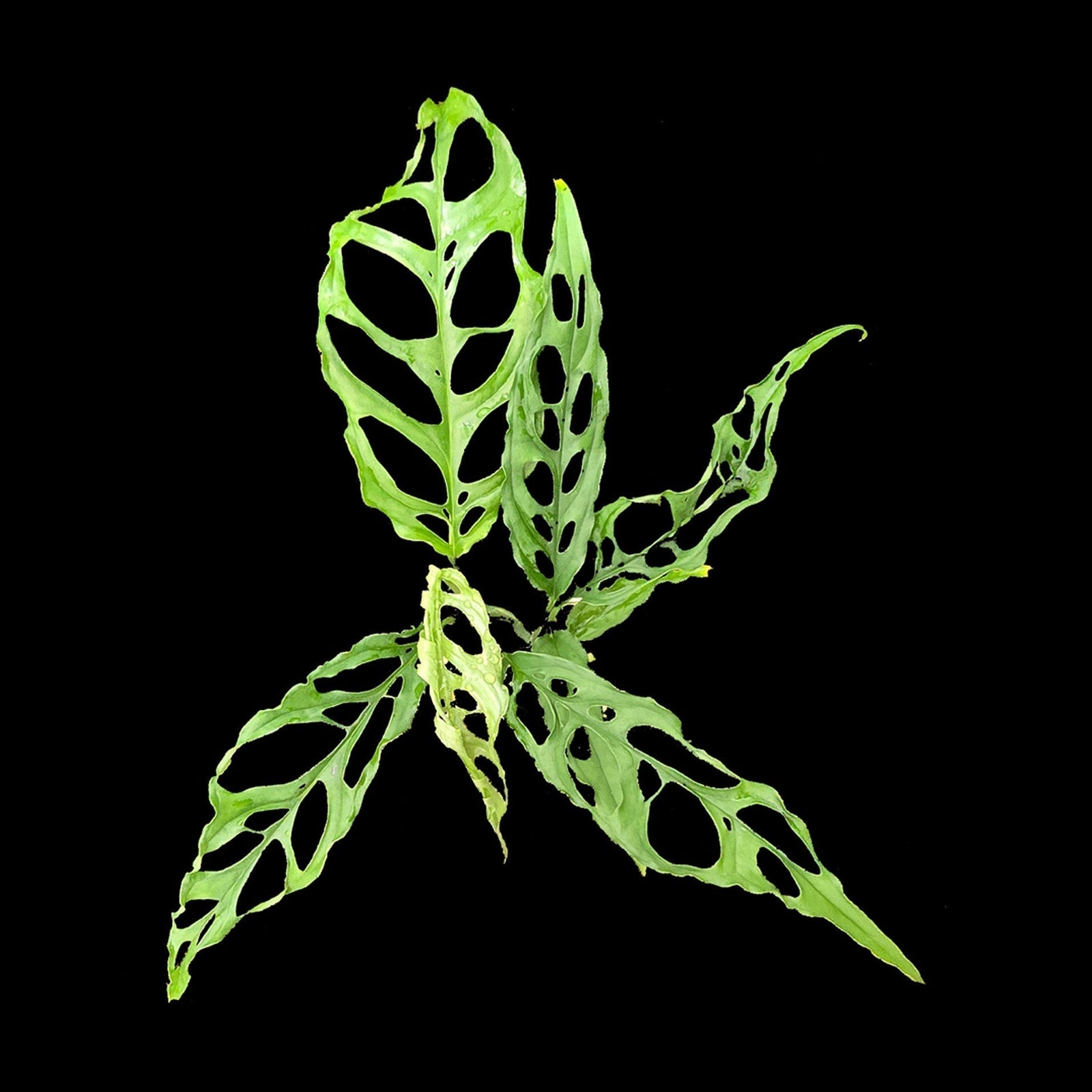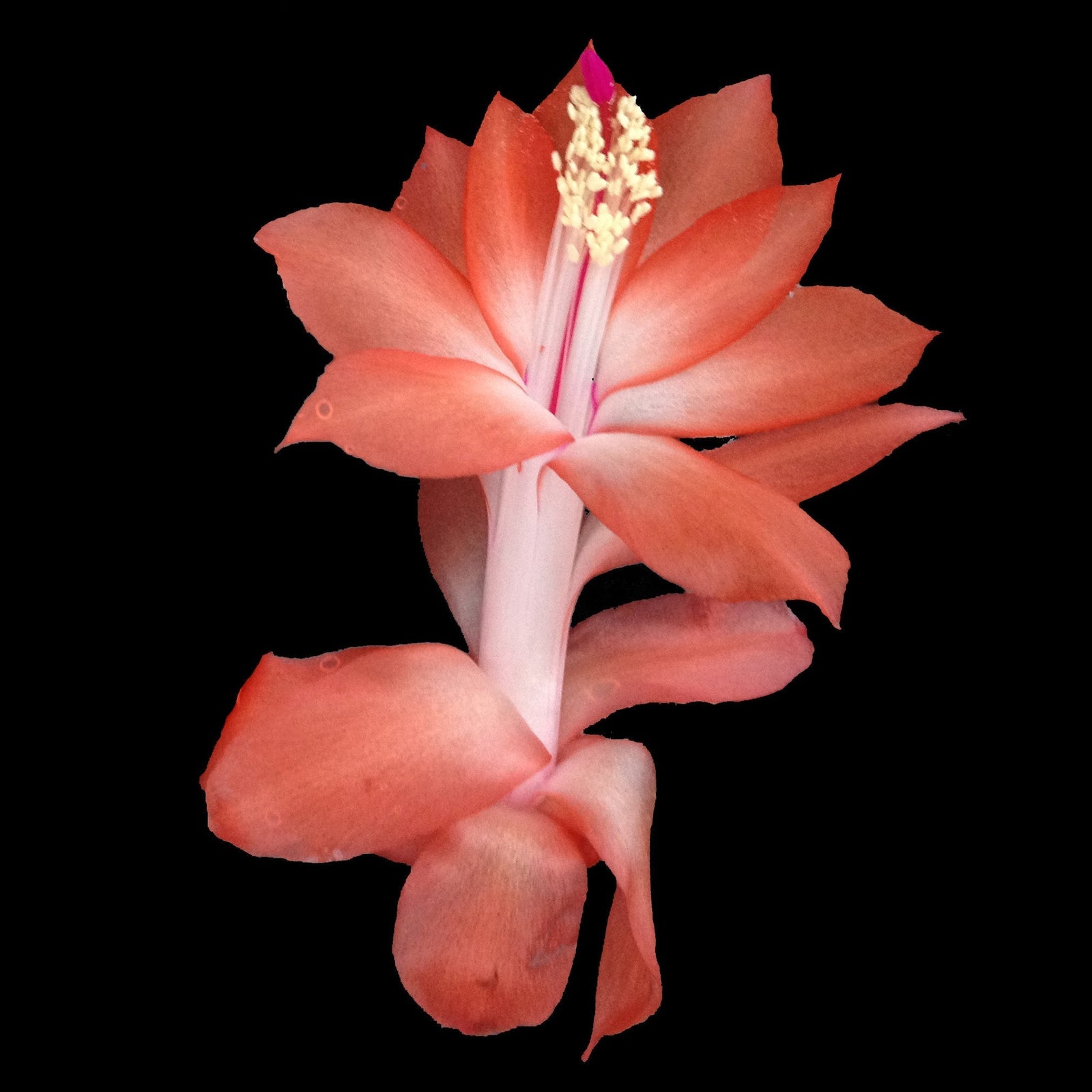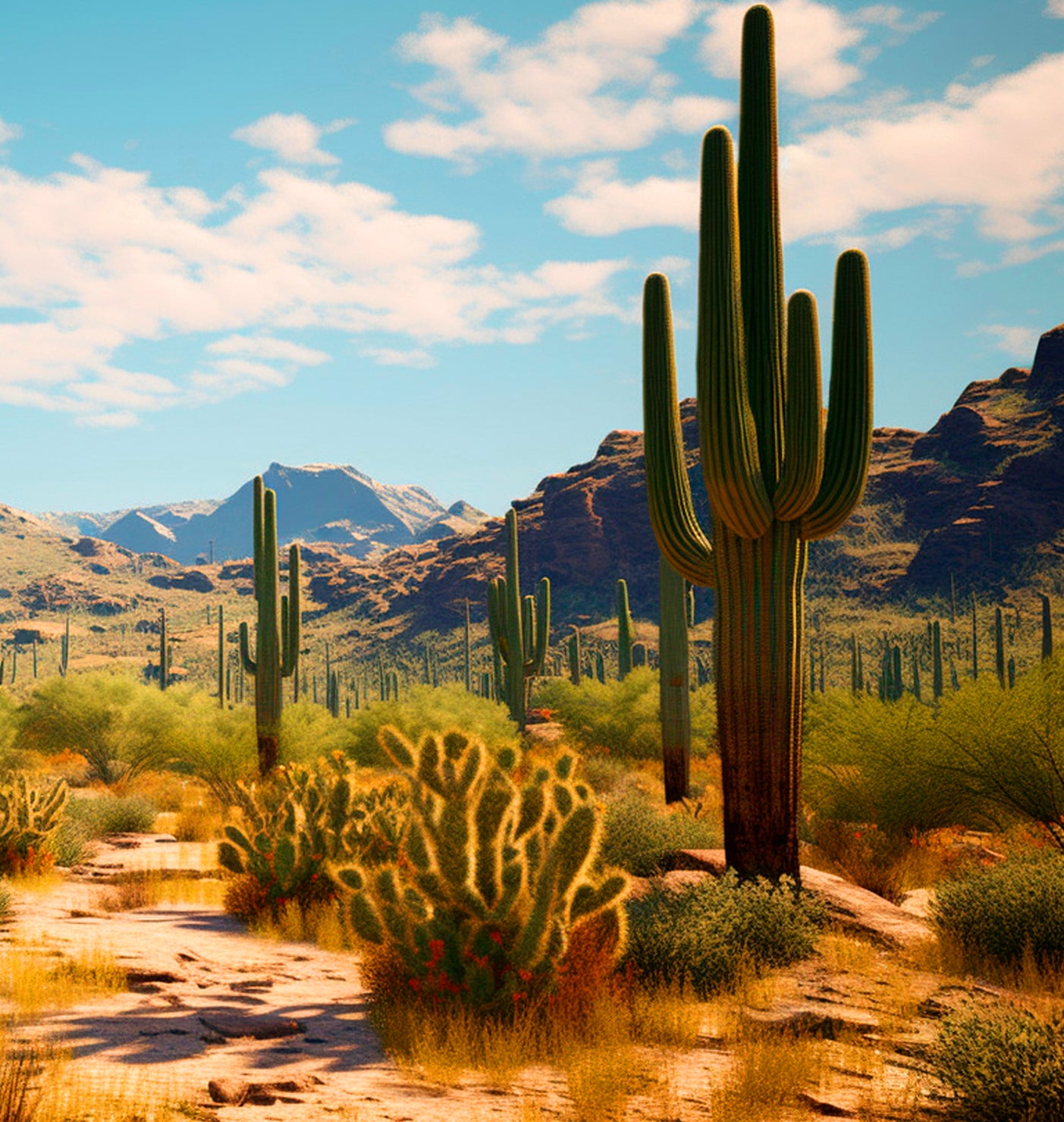The Absolute Requirement: Quarantine and Identification
Carnivorous plants (including Dionaea, Nepenthes, Sarracenia, and Drosera) are highly vulnerable to common horticultural pests like Aphids and Mealybugs. These pests suck the sap directly from the leaves and traps, leading to deformation, weakness, and eventual death.
- Immediate Action: Upon discovering any pest, immediately quarantine the infected plant away from your main collection to prevent the infestation from spreading.
Identification: Where Pests Hide
Knowing where specific pests hide is key to effective early treatment. Look closely at the growth points and leaf bases:
- Aphids: These pests hide deep in the growth points of Dionaea (VFTs) and Sarracenia, or on the new, unfurling leaves of Drosera (Sundews).
- Mealybugs: These pests are often found hidden deep within the hollow pitchers of Sarracenia and Nepenthes, or clinging to the underground rhizome and growth crowns of VFTs.
Non-Chemical Treatment (The Safe Methods)
For mild infestations, non-chemical methods are preferred to minimize the risk of root burn.
- Mechanical Removal: Use a cotton swab dipped in isopropyl alcohol (IPA) to touch and dissolve the pests. Warning: Apply alcohol only to the pest itself, and avoid letting it pool in the soil.
- Water Jet: A strong, high-pressure jet of pure, distilled water can dislodge pests hiding inside VFT traps or Sarracenia pitchers.
Advanced Chemical Treatment (The Cautions)
The Danger: Carnivorous plant roots are highly sensitive. Most standard garden chemicals, especially those containing detergents, salts, or petroleum-based solvents, will cause irreversible root burn.
- Horticultural Oil Caution: Only use pure neem oil or high-quality horticultural oils sparingly. Always test on a small area first, and keep the plant out of direct sun after application to prevent burns.
- Systemic Insecticides (The Last Resort): The most effective chemical method is using a product containing acetamiprid. This is soil-applied, absorbed by the roots, and makes the plant toxic to pests. Use with extreme caution, following instructions for sensitive plants.
Natural Pest Control: The Role of Butterworts
If your main pest issue is small flying insects like fungus gnats, the best defense is often another carnivorous plant:
- The Solution: Place Pinguicula (Butterworts) near your VFTs and Sundews. The sticky leaves of the Butterworts are highly effective natural flypapers for small, irritating pests that fly into your collection.






























